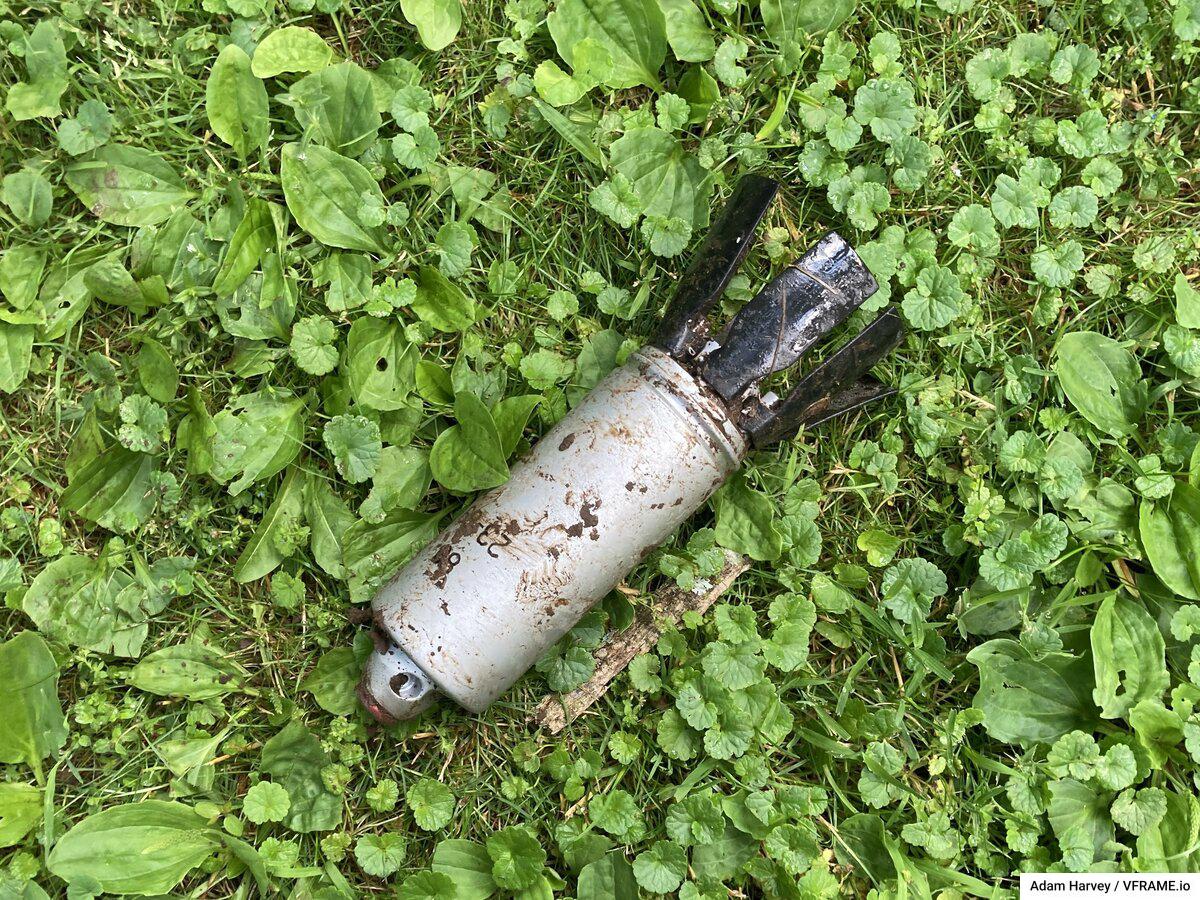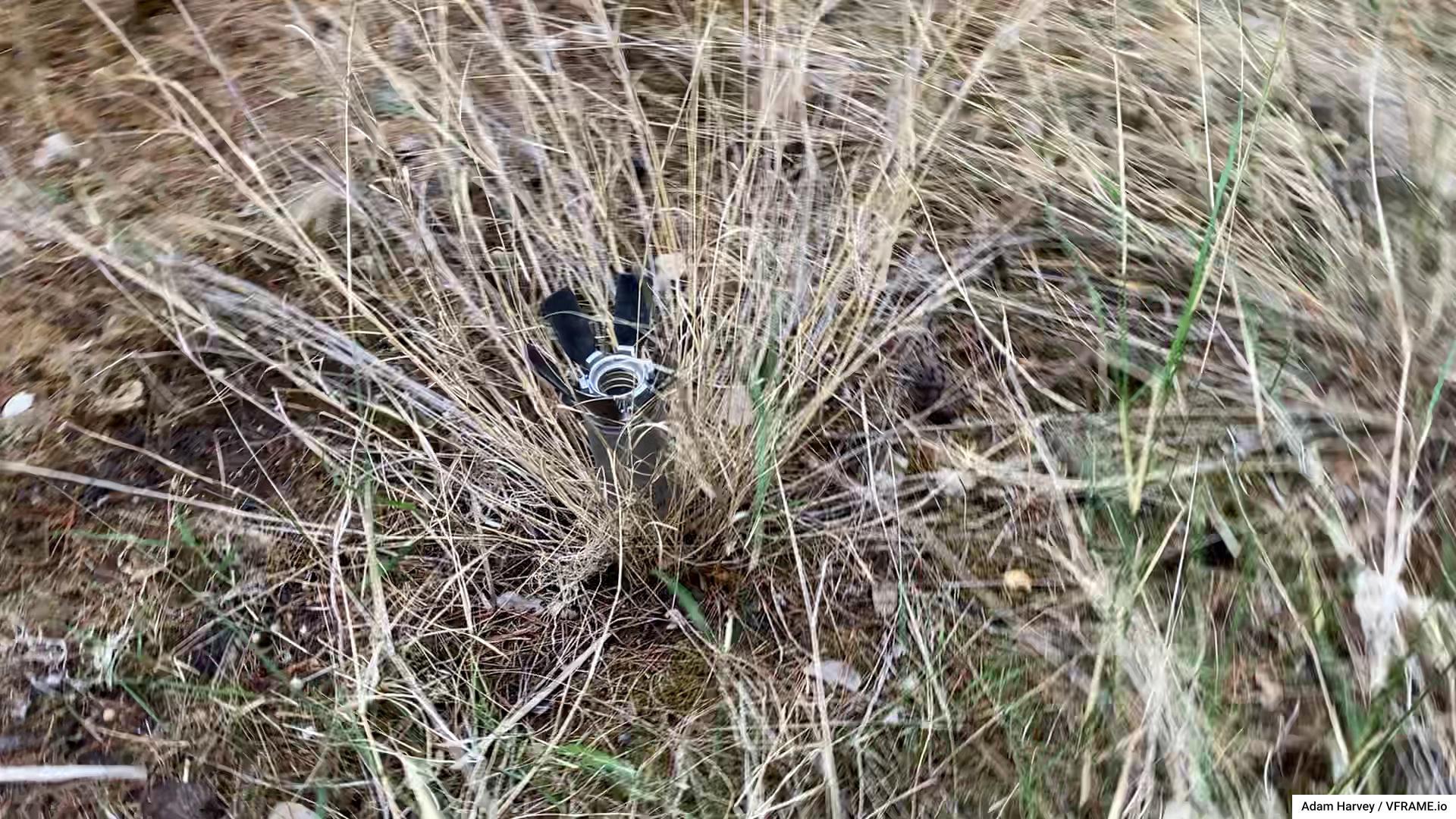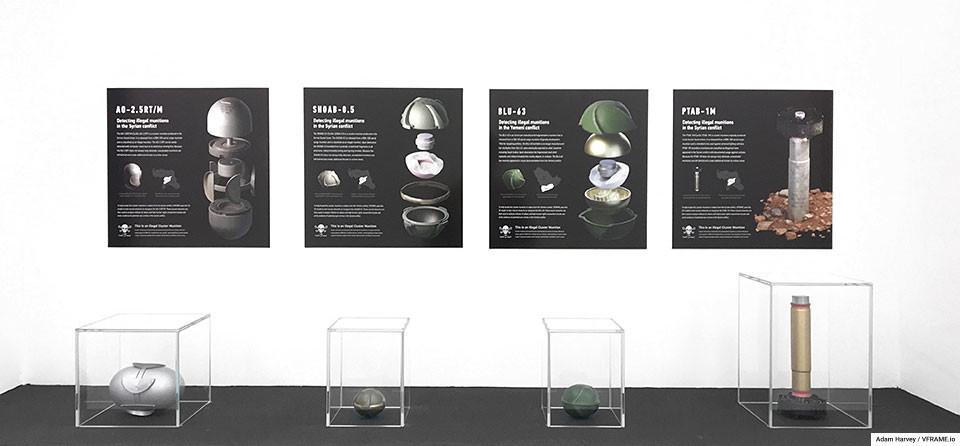3D Printed Synthetic Data
- Enriching synthetic data with 3D printed cluster munition replicas for use in image training datasets
- Posted: Jan 23, 2021. Modified: Mar 12, 2023
Active research area. See the latest results on the 9N235/9N210 submunition

High-quality training data is essential for developing accurate object detection algorithms. But most publicly available datasets are too generic for application to human rights investigation and recording videos of real munitions in conflict zones can put lives at risk. To offset the challenge of sourcing training data from conflict zones, VFRAME creates 3D-printed replicas to enrich training datasets and create benchmark images.
3D-printed replicas are safe, inert, proxy objects that can be photographed and annotated in various environments for use in computer vision image training datasets. The examples on this page show the 9N235 submunition fabricated fused deposition modeling (FDM), an accessible and low-cost printing method. Minimal artifacts can be seen in the raw prints (left) while the finished parts (right) are seamless. The replica shown above was fabricated in 2021 and is based on a 3D scan of a real free-from-explosive (FFE) 9N235 submunition. Each part is accurate to within a millimeter.

Previous attempts during 2019-2020 explored using stereolithography (SLA) resin printing. The main advantage of using SLA printers is cleaner prints with less layer lines, which means less post-processing. But SLA printers require more maintenance for the resin material, including additional UV curing and disposal of hazardous fluids.
VFRAME has been prototyping this technique since 2019 with the best results being applied to the ongoing collaboration with Mnemonic, an organization dedicated to preserving evidence of atrocities and war-crimes in Syria, Yemen, and Sudan. Since 2022 it has been used to help train the final detection models used to locate evidence of illegal cluster munition strikes in videos from Syria and Yemen, and now also in Ukraine.
Acknowledgments #
First version 3D replica prints made with FormLabs Form 2 and Form 3 SLA resin printer in Berlin by Formlabs. Thanks to Marcelo Coelho, Jory, Luke, and Ramaine.
Exhibitions #
Thanks to Ars Electronica for including this research at its early stage in their 2019 exhbition in Linz, Austria

Funding #
This research received partial support from SIDA / Meedan grant